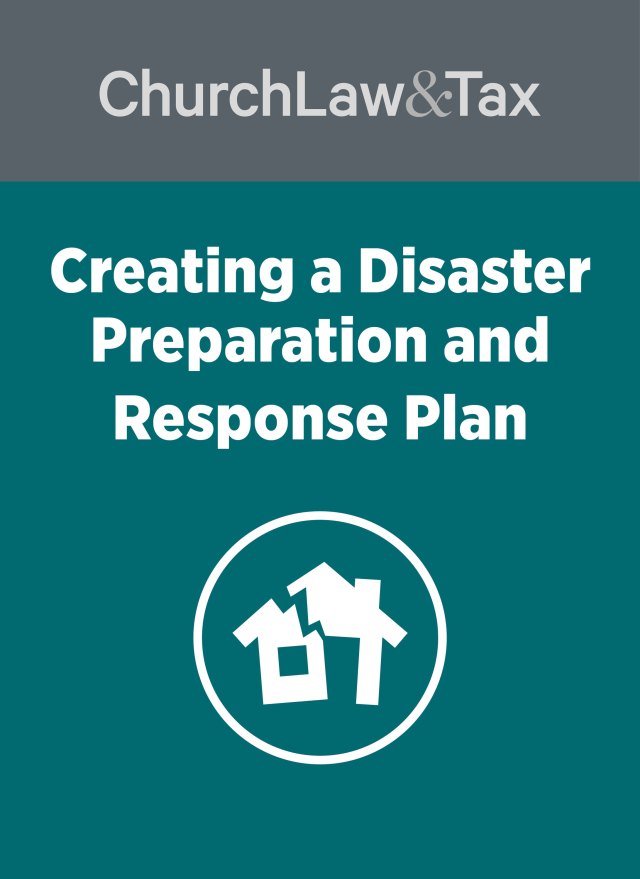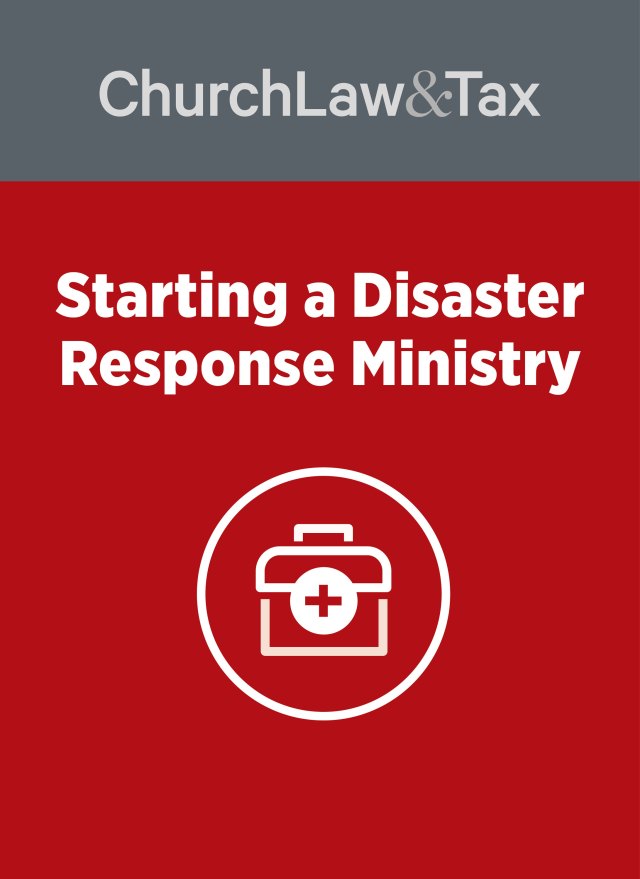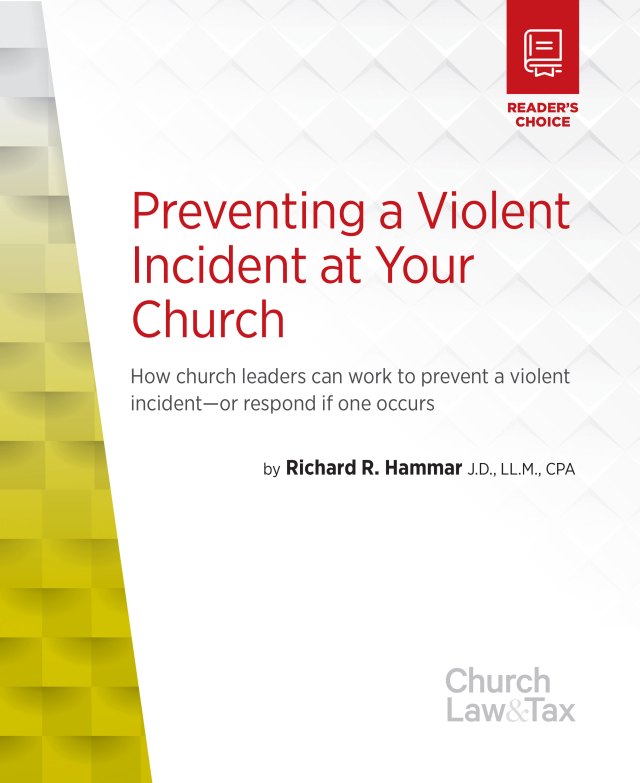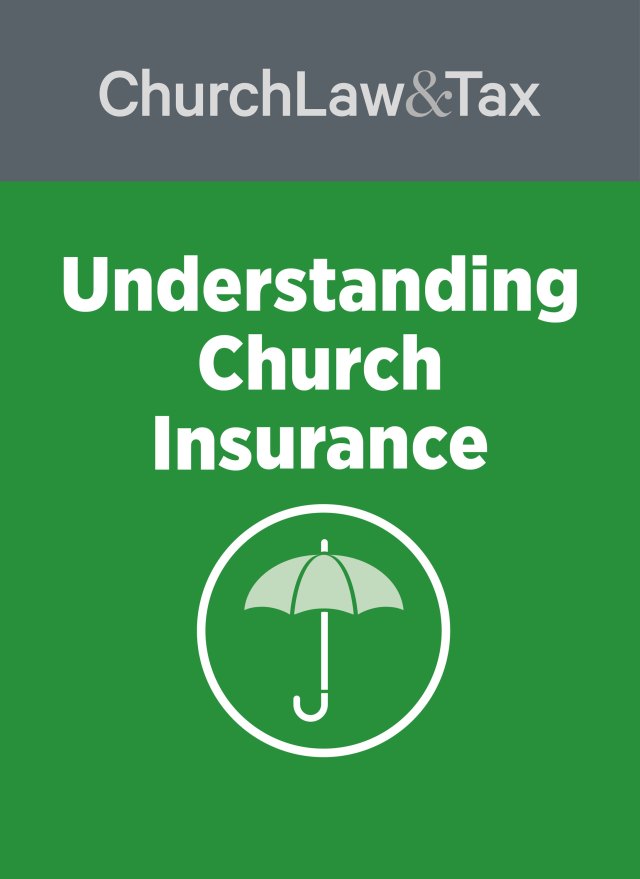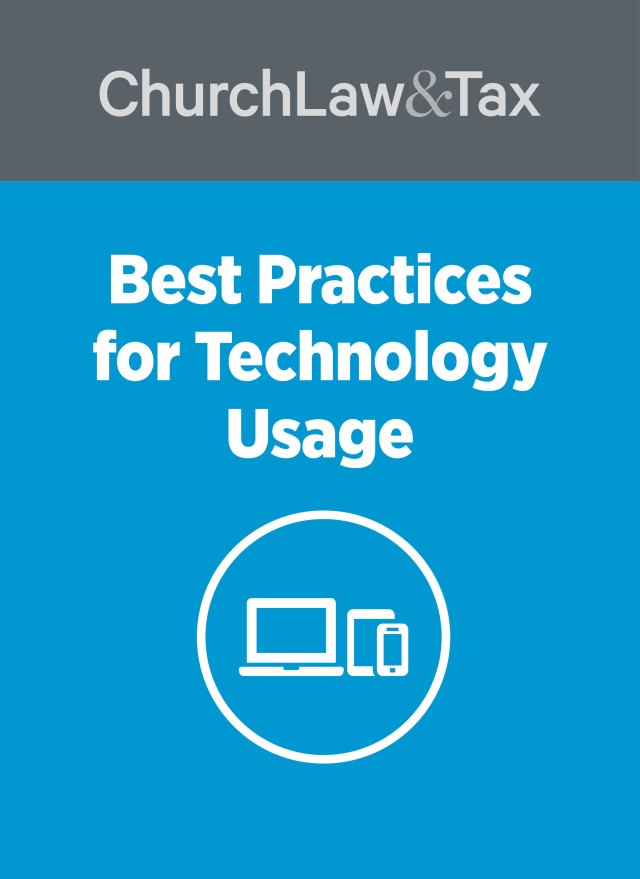All governments have emergency powers. You will hear this sometimes mentioned as “health, safety, and welfare,” and emergency powers are used to help keep good order and protect the lives of citizens, especially its most vulnerable.
During this COVID-19 global pandemic, your church is likely to gain a greater awareness of the powers of government during an emergency declaration. In-person worship can be effectively shut down by prohibitions on assembling crowds by local, county, or state executive government action.
Here’s how your church can determine what your local or state government has—or hasn’t—done in response to COVID-19, and how it affects your congregation.
1. Check to see if your state has made an emergency declaration.
You can start by checking out the Association of State and Territorial Health Officials (ASTHO). According to the ASTHO, as of March 16, 2020, all 50 states, 7 territories, and the District of Columbia had taken some type of formal executive action in response to the outbreak. (Editor’s Note: The Wall Street Journal is also updating a daily tracker of state-mandated lockdowns.)
2. Check your church’s specific local health departments.
Often this can be located by searching for “County, State, Public Health.” Most county websites are already posting information about disaster declarations.
Also note: These emergency powers operate down to the county and municipal level, so also do a search for your city website for any relevant declarations.
3. Pay attention to specific language.
Once you determine how the government has used its emergency powers to restrict the assembly of people in your area, make sure you pay attention to the specific language of the declaration. Is it a mandate, prohibition, or merely a recommendation?
To learn more about how federal and state courts decide religious freedom cases, and to understand which states have their own RFRAs, check out the 50-State Religious Freedom Laws Report, a new downloadable resource from Church Law & Tax.
Adapted from an article that first appeared in an e-newsletter from Middlebrook Group. Used with permission.

